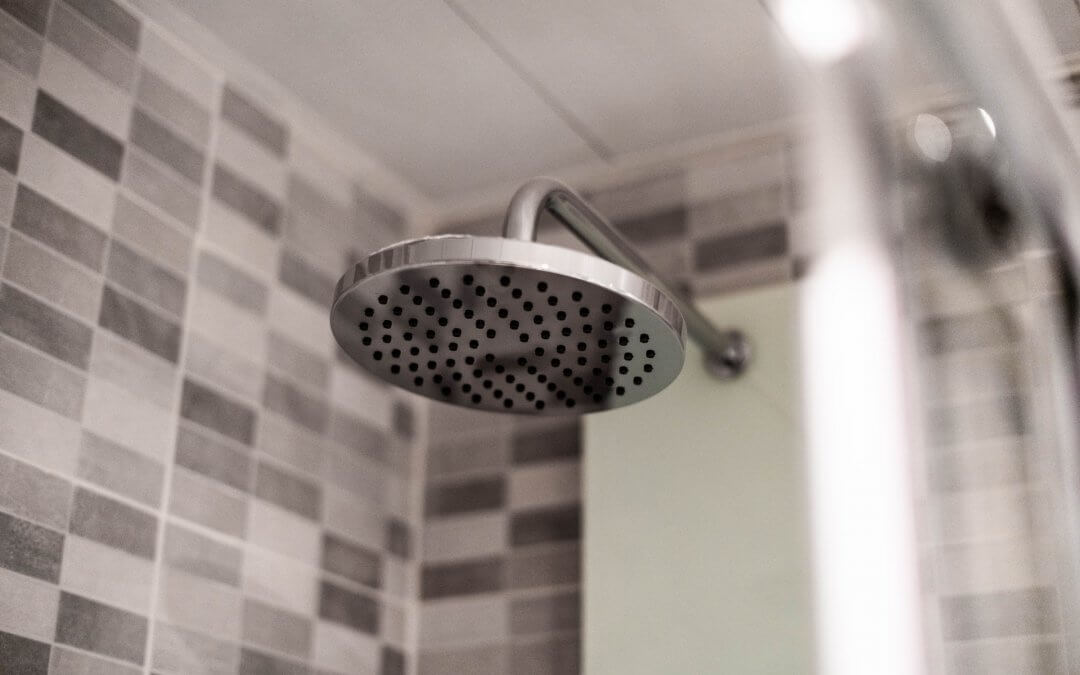Legionella prevention requires a systematic approach to managing legionella risk and controlling the spread of bacteria by managing water systems effectively and using water treatment methods.
Why is Legionella Prevention Important?
Legionella bacteria can cause legionnaires’ disease. This is a form of pneumonia that affects the lungs and is potentially fatal.
Symptoms of the disease are flu-like, to begin with, and can include a fever, muscle ache, headache, tightness in the chest and a dry cough. You may also experience sickness and diarrhoea. However, if you don’t get treatment, as the disease gets worse, there’s a real risk of it becoming fatal.
With prompt and effective treatment, legionnaires’ disease sufferers should make a complete recovery, but it’s important to take measures to reduce the risk of contracting it in the first place.
The legionella bacteria grows in man-made water systems, as well as occurring naturally in lakes, streams and rivers. However, in nature, the levels of the bacteria are low and non-harmful.
But in man-made systems, the conditions can be ideal for the bacteria to grow and multiply.
There are several reasons for this.
- The legionella bacteria thrives in temperatures between 20°C and 45°C. Therefore, if there’s constant lukewarm water in a system, this could be encouraging legionella growth.
- The bacteria likes stagnant water too. If a water system has stagnant or slow-moving water, then this can cause a build-up of biofilm. Biofilm provides a perfect habitat for legionella.
- Where a water system has corrosion or other contaminants, this can create conditions in which legionella will grow and spread.
- Legionella can develop in water that is stored or re-circulated.
Consequently, different types of man-made water systems can contain legionella, and large and complex plumbing networks can be at risk. This is why you get legionella outbreaks in hospitals.
But there is a broad range of systems and fixtures that can contain legionella, such as
- Hot and cold water systems
- Shower heads and taps
- Spa pools and hot tubs
- Evaporative condensers and cooling towers.
How do You Prevent Legionella Bacteria from Spreading?
There are various measures you must take to prevent the spread of legionella bacteria.
Temperature control is important. HSE recommends this as the primary method for legionella control:
- You should ensure that hot water stored in cylinders is at temperatures of 60°C or higher
- Distributed hot water should be at 50°C or higher, and cold water at 20°C or lower.
You can also look at your plumbing system and see if there are parts of it where you can shorten pipework or remove any dead ends where stagnant water can gather.
Another important method for preventing legionella bacteria in water is through the use of biocide treatments. By adding disinfectant to water systems for legionella prevention, you can kill legionella and prevent its growth.
Water treatment with a hydrogen peroxide-based disinfectant prevents the growth of biofilm.
Biofilm appears as a slimy build-up that sticks to surfaces inside pipework, but it is also a bacterial system. The bacteria in biofilm organise themselves into a functional community.
The layers in biofilm house large quantities of bacteria. These bacteria attach themselves to surfaces, reach maturity, detach themselves and spread to form further biofilm colonies.
Therefore, by attacking, removing and preventing biofilm, water treatments prevent the growth and spread of legionella and other bacteria.
How Can Legionnaires’ Disease be Prevented?
The spread of legionnaires’ disease comes down to a chain of events:
- Bacteria are present in the water system
- The water is stagnant or slow-moving
- The bacteria needs an adequate food source
- The waters temperature range is 20–45°C
- Water droplets or aerosol are emitted
- People are present, who then inhale these emissions.
Areas of risk can be commonplace, such as air conditioning humidifiers, cooling towers and cold water storage tanks.
In a 2002 outbreak of legionnaires’ disease at a leisure facility in Barrow in Furness, the cause was steam coming from a poorly-maintained air conditioning unit. A vent was emitting legionella over a busy alleyway in the town centre. There were a reported 172 cases of legionnaires’ disease, and seven people died from it.
The biggest cause of outbreaks of legionnaires’ disease is the lack of a proper scheme to control it in a given water system.
Without established controls in place, water systems may be at greater risk of developing legionella. People exposed to these systems may then be at greater risk from legionnaires’ disease.
Some groups are more vulnerable to legionnaires’ disease, including people aged 45 and over, people with pre-existing health conditions or immunity deficiencies, smokers and heavy drinkers.
If you take systematic steps to control the legionella bacteria and prevent its growth, then you remove the root cause of legionnaires’ disease.
What is Oxyl-Pro and How Can it Prevent Legionella?
Oxyl-Pro is a multi-purpose disinfectant that can treat water to prevent legionella.
It is HSE-recognised as an alternative for L8 disinfection and works effectively as part of a legionella control strategy.
For more details, please complete our contact form, call us on +44 1606 851 782, or email enquiries@oxyl-pro.com

